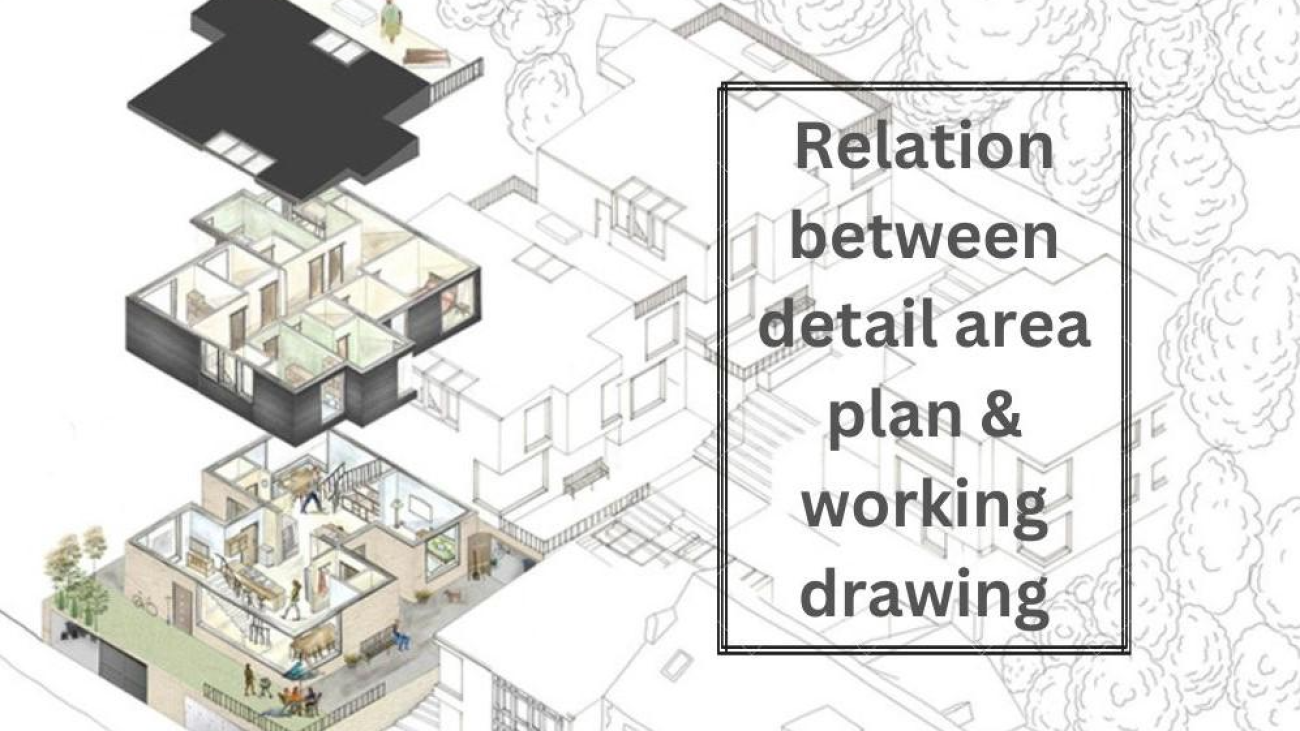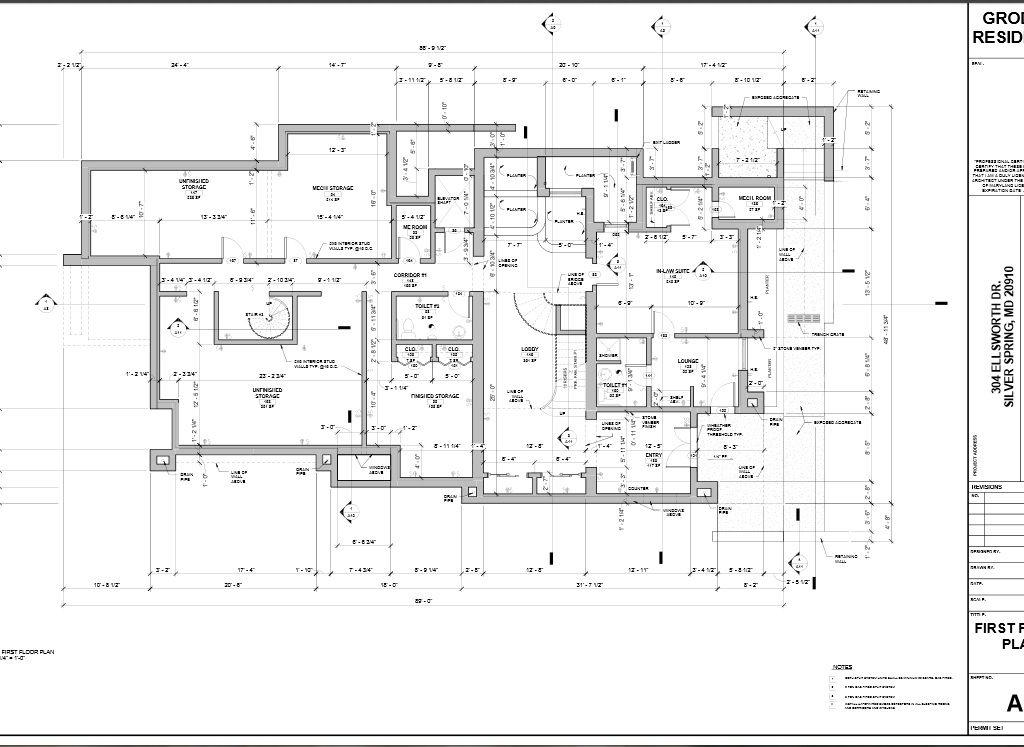র্যাপিড হার্ডেনিং সিমেন্ট (RHC) কে উচ্চ প্রাথমিক শক্তি সিমেন্টও বলা হয়। দ্রুত শক্ত হয়ে যাওয়া সিমেন্ট এবং সাধারণ পোর্টল্যান্ড সিমেন্টের মধ্যে প্রাথমিক পার্থক্য হল চুনের পরিমাণ। চুনের বড় অনুপাত হল দ্রুত শক্ত হয়ে যাওয়া সিমেন্টের স্বতন্ত্র বৈশিষ্ট্য।
ম্যানুফ্যাকচারিং
দ্রুত শক্ত হয়ে যাওয়া সিমেন্ট অধিক নিয়ন্ত্রিত অবস্থায় ওপিসি-র তুলনায় উচ্চ তাপমাত্রায় পোড়ানো হয়
শক্তি
দ্রুত শক্ত হওয়া সিমেন্টের 3 দিনের শক্তি ওপিসি-এর 7 দিনের শক্তির সমতুল্য যখন উভয় সিমেন্টের জন্য জল-সিমেন্টের অনুপাত একই ধরা হয়। শক্তি বৃদ্ধির হার এই কারণে যে ট্রাই-ক্যালসিয়াম সিলিকেট (C3S) এর উচ্চ অনুপাত RHC-তে সিমেন্ট ক্লিঙ্কারের সূক্ষ্মভাবে নাকালের সাথে রয়েছে। যদিও, RHC যে হারে শক্তি অর্জন করে সেই হারে OPC যে হারে শক্তি অর্জন করে তার চেয়ে বেশি, চূড়ান্ত শক্তি RHC এর জন্য একটু বেশি।
বৈশিষ্ট্য
প্রাথমিক সেটিং সময়: 30 মিনিট
চূড়ান্ত সেটিং সময়: 600 মিনিট
নির্দিষ্ট পৃষ্ঠটি 3250 cm2/gm এর চেয়ে বেশি।
RHC OPC থেকে হালকা।

ব্যবহারসমূহ
দ্রুত শক্ত হওয়া সিমেন্ট বেশিরভাগ রাস্তা নির্মাণে ব্যবহৃত হয় যেখানে দীর্ঘ সময়ের জন্য যানবাহন থামানো যায় না। এছাড়াও, RHC ব্যবহার করা হয় যেখানে ফর্মওয়ার্ক পুনঃব্যবহারের জন্য তাড়াতাড়ি সরানো প্রয়োজন। এটি সেই পরিস্থিতিতেও ব্যবহার করা হয় যেখানে পরবর্তী নির্মাণের জন্য পর্যাপ্ত শক্তি যত তাড়াতাড়ি সম্ভব সম্ভব। এগুলি প্রিকাস্ট স্ল্যাব, পোস্ট, বৈদ্যুতিক খুঁটি তৈরিতেও ব্যবহৃত হয়।
সুবিধা
দ্রুত শক্ত হয়ে যাওয়া সিমেন্টের নিরাময় সময় কম হওয়ায় এটি লাভজনক বলে প্রমাণিত হয়।
আরএইচসি-র ক্ষেত্রে সিমেন্টের কিউরিং এবং শক্ত হওয়ার সময় সংকোচন কম হয়।
RHC সালফার প্রতিরোধে ভাল।
তুলনামূলক কম সময়ে শক্তি অর্জন করায় নির্মাণের ভালো গতি অর্জন করা যায়।
অসুবিধা
এটি সাধারণ পোর্টল্যান্ড সিমেন্টের চেয়ে ব্যয়বহুল।
অতিরিক্ত দ্রুত হার্ডেনিং সিমেন্ট
ম্যানুফ্যাকচারিং: ইন্টারগ্রাইন্ডিং ক্যালসিয়াম ক্লোরাইড (CaCl2) সাথে RHC, অতিরিক্ত RHC পাওয়া যেতে পারে। উত্পাদন প্রক্রিয়ার সময় ক্যালসিয়াম ক্লোরাইডের শতাংশ 3% এর বেশি হওয়া উচিত নয়।
শক্তি: অতিরিক্ত RHC এর শক্তি 1-2 দিনে RHC এর তুলনায় প্রায় 25% বেশি যেখানে শক্তি 7 দিন পরে মাত্র 10-20% অতিক্রম করে।
ব্যবহার: ঠান্ডা আবহাওয়ার কংক্রিটিংয়ের জন্য অতিরিক্ত দ্রুত শক্ত হওয়া সিমেন্ট ব্যবহার করা হয়।
জয়ন্ত চন্দ্র
ইন্সট্রাক্টর
সিভিল টেকনোলজি
ড্যাফোডিল পলিটেকনিক ইন্সটিটিউট















